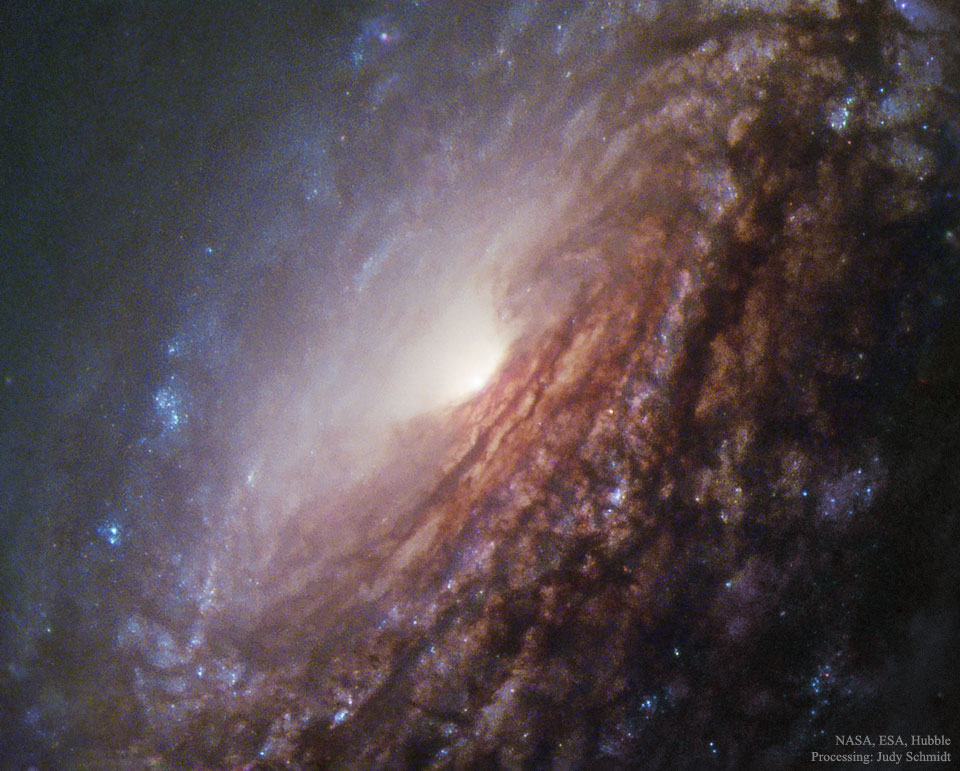A new theory suggests the Moon we see every night is not Earth's first moon, but rather the last in a series of moons that orbited our planet. Moons formed through the process could cross orbits, collide and merge, slowly building the bigger moon we see today.
via Science Daily
Zazzle Space Exploration market place
